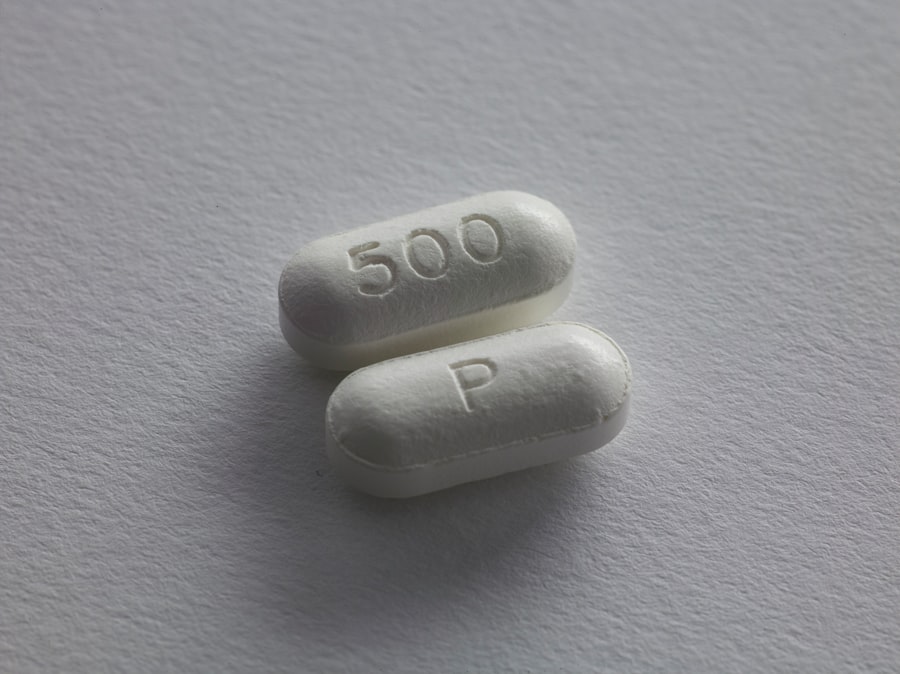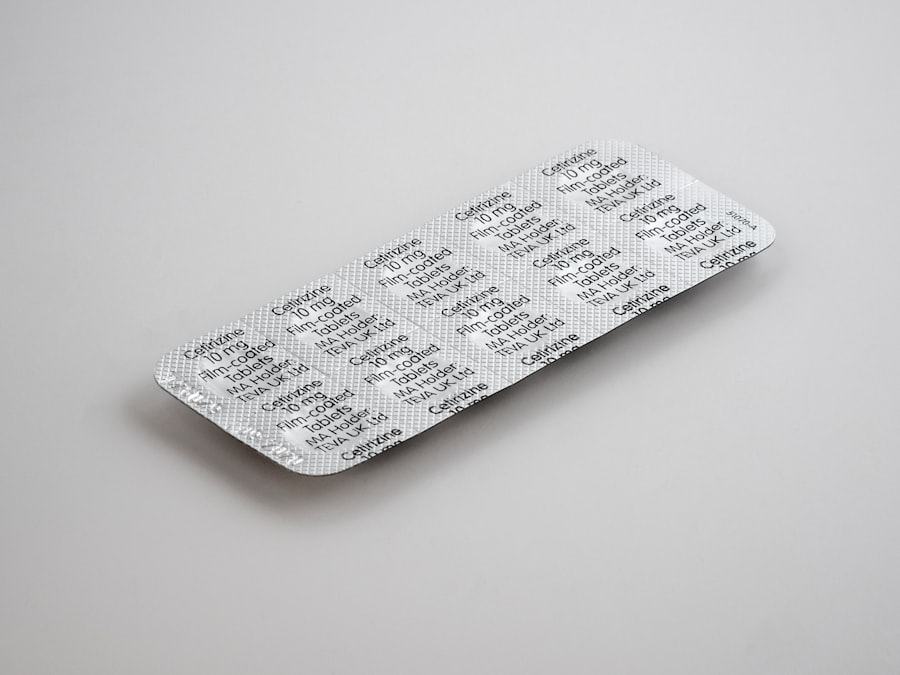As you navigate through life, the importance of maintaining your health becomes increasingly evident, especially as you age. One critical aspect of this is fall prevention, a significant concern for older adults. Falls can lead to severe injuries, including fractures and head trauma, which can drastically affect your quality of life.
Research has shown that adequate levels of vitamin D play a vital role in reducing the risk of falls. This essential nutrient not only supports bone health but also enhances muscle function, balance, and coordination—key factors in preventing falls. When you think about fall prevention, it’s easy to overlook the role of nutrition.
However, vitamin D is crucial in maintaining your overall physical stability. Studies indicate that individuals with sufficient vitamin D levels are less likely to experience falls compared to those who are deficient. By ensuring you have adequate vitamin D, you can significantly lower your risk of falling, thereby enhancing your independence and overall well-being.
Key Takeaways
- Vitamin D plays a crucial role in fall prevention by supporting muscle strength and balance.
- Vitamin D is essential for bone health as it helps in the absorption of calcium and phosphorus.
- Factors such as age, skin pigmentation, and sun exposure affect the body’s ability to produce vitamin D.
- Recommended vitamin D dosage for fall prevention is 800-1000 IU per day for adults over 65 years.
- Symptoms of vitamin D deficiency include muscle weakness, bone pain, and an increased risk of fractures.
Understanding the Role of Vitamin D in Bone Health
Vitamin D is often referred to as the “sunshine vitamin” because your body produces it when exposed to sunlight. This nutrient is essential for calcium absorption in the gut, which is critical for maintaining strong bones. When you have sufficient vitamin D, your body can effectively utilize calcium, leading to improved bone density and strength.
This is particularly important as you age, as bone density naturally decreases over time, increasing the risk of fractures and osteoporosis. Moreover, vitamin D also plays a role in bone remodeling, a process where old bone tissue is replaced with new tissue. This dynamic process is essential for maintaining healthy bones throughout your life.
Without adequate vitamin D, your bones may become weak and brittle, making you more susceptible to injuries from falls. By understanding the connection between vitamin D and bone health, you can take proactive steps to ensure your skeletal system remains robust and resilient.
Factors Affecting Vitamin D Absorption and Synthesis

While you may be aware of the benefits of vitamin D, several factors can influence how well your body absorbs and synthesizes this vital nutrient. One significant factor is your geographical location. If you live in an area with limited sunlight exposure, especially during the fall and winter months, your body may struggle to produce enough vitamin D.
Additionally, the angle of the sun’s rays affects vitamin D synthesis; during certain times of the year, particularly in higher latitudes, the sun may not be strong enough for adequate production.
Individuals with darker skin have more melanin, which can reduce the skin’s ability to produce vitamin D from sunlight.
Age is another critical factor; as you get older, your skin becomes less efficient at synthesizing vitamin D. Furthermore, certain medical conditions and medications can interfere with vitamin D absorption in the gut. Understanding these factors can help you identify potential barriers to achieving optimal vitamin D levels.
Recommended Vitamin D Dosage for Fall Prevention
| Age Group | Recommended Vitamin D Dosage |
|---|---|
| 0-12 months | 400 IU/day |
| 1-70 years | 600-800 IU/day |
| 71+ years | 800-1000 IU/day |
Determining the right dosage of vitamin D for fall prevention can be complex, as individual needs vary based on several factors such as age, health status, and lifestyle. The general recommendation for adults is to aim for a daily intake of 600 to 800 IU (International Units) of vitamin D. However, some studies suggest that higher doses may be necessary for older adults to achieve optimal bone health and reduce fall risk.
It’s essential to consider that these recommendations may not apply universally. Your specific circumstances—such as existing health conditions or lifestyle factors—can influence how much vitamin D you need. Therefore, it’s wise to consult with a healthcare professional who can provide personalized advice based on your unique situation.
By ensuring you receive the appropriate dosage of vitamin D, you can take significant strides toward preventing falls and maintaining your overall health.
Risks and Symptoms of Vitamin D Deficiency
Vitamin D deficiency can lead to a host of health issues that extend beyond just bone health. When your body lacks this essential nutrient, you may experience symptoms such as fatigue, muscle weakness, and mood changes. These symptoms can significantly impact your daily life and increase your risk of falls due to decreased strength and coordination.
In addition to these immediate effects, long-term vitamin D deficiency can lead to more severe complications such as osteoporosis and an increased risk of fractures. If you find yourself experiencing unexplained aches or a general sense of malaise, it may be worth considering whether low vitamin D levels could be a contributing factor. Recognizing these risks and symptoms is crucial for taking proactive steps toward maintaining adequate vitamin D levels.
Identifying High-Risk Populations for Vitamin D Deficiency

Certain populations are more susceptible to vitamin D deficiency than others. For instance, older adults are at a higher risk due to decreased skin synthesis and dietary intake. Additionally, individuals with limited sun exposure—such as those living in northern latitudes or those who spend most of their time indoors—are also more likely to experience deficiency.
Other high-risk groups include individuals with darker skin tones, as they require more sunlight exposure to produce adequate amounts of vitamin D. People with certain medical conditions such as celiac disease or Crohn’s disease may also struggle with absorption issues that lead to deficiency. By identifying these high-risk populations, you can better understand whether you or someone you know might need to take additional steps to ensure sufficient vitamin D levels.
Strategies for Increasing Vitamin D Intake through Diet and Sun Exposure
Increasing your vitamin D intake can be achieved through various strategies that involve both dietary changes and sun exposure. When it comes to diet, incorporating foods rich in vitamin D is essential. Fatty fish like salmon and mackerel are excellent sources, as are fortified foods such as milk and cereals.
Egg yolks and cheese also contain small amounts of this vital nutrient. In addition to dietary sources, sun exposure is one of the most effective ways to boost your vitamin D levels naturally. Spending just 10 to 30 minutes in the sun several times a week can significantly enhance your body’s ability to produce this nutrient.
However, it’s important to balance sun exposure with skin protection to reduce the risk of skin cancer. By combining dietary changes with safe sun practices, you can effectively increase your vitamin D intake and support your overall health.
The Role of Vitamin D Supplements in Fall Prevention
For many individuals, achieving adequate vitamin D levels through diet and sun exposure alone may not be feasible. In such cases, vitamin D supplements can play a crucial role in fall prevention strategies. These supplements come in various forms—such as vitamin D2 (ergocalciferol) and vitamin D3 (cholecalciferol)—and are widely available over-the-counter.
Taking supplements can help bridge the gap between dietary intake and what your body needs for optimal health.
Consulting with a healthcare professional can help ensure that you’re taking the appropriate supplement for your needs while minimizing any potential risks associated with excessive intake.
Monitoring Vitamin D Levels for Optimal Fall Prevention
Regular monitoring of your vitamin D levels is vital for ensuring that you maintain optimal health and reduce fall risk effectively. Blood tests can determine your current levels of 25-hydroxyvitamin D, which is the form most commonly measured in clinical settings. Based on these results, healthcare professionals can provide tailored recommendations regarding supplementation or dietary changes.
By keeping track of your vitamin D levels over time, you can make informed decisions about your health and adjust your intake as needed. This proactive approach not only helps prevent falls but also supports overall well-being by ensuring that your body has the nutrients it needs to function optimally.
Potential Interactions and Side Effects of Vitamin D Supplementation
While vitamin D supplementation can offer numerous benefits, it’s essential to be aware of potential interactions and side effects associated with its use. For instance, high doses of vitamin D can lead to toxicity, resulting in symptoms such as nausea, vomiting, weakness, and kidney problems. Additionally, certain medications—such as corticosteroids or weight-loss drugs—can interfere with how your body processes vitamin D.
To minimize risks associated with supplementation, it’s crucial to follow recommended dosages and consult with a healthcare professional before starting any new supplement regimen. By being informed about potential interactions and side effects, you can safely incorporate vitamin D into your health strategy while maximizing its benefits for fall prevention.
Consulting with Healthcare Professionals for Individualized Vitamin D Recommendations
Ultimately, consulting with healthcare professionals is key to developing an individualized plan for maintaining optimal vitamin D levels. They can assess your specific needs based on factors such as age, lifestyle, medical history, and current health status. This personalized approach ensures that you’re taking the right steps toward preventing falls while supporting overall health.
Whether you’re considering dietary changes, sun exposure strategies, or supplementation options, having a healthcare professional guide you through the process can make all the difference. By prioritizing communication with your healthcare team, you empower yourself to take control of your health and well-being effectively. In conclusion, understanding the importance of vitamin D in fall prevention is crucial for maintaining independence and quality of life as you age.
By recognizing its role in bone health, identifying risk factors for deficiency, and implementing strategies for increasing intake through diet and supplements, you can significantly reduce your risk of falls while enhancing overall well-being.
A recent article on fall prevention highlights the importance of vitamin D in maintaining bone health and reducing the risk of falls, especially among seniors. The article discusses how appropriate vitamin D dosage can play a crucial role in enhancing muscle function and balance, thereby minimizing fall incidents. For more detailed insights on this topic, you can read the full article on fall prevention and vitamin D dosage by visiting Explore Senior Health. This resource provides valuable information on how seniors can optimize their vitamin D intake to support overall health and safety.
💰 The Secret History of the Dollar: How Oil Replaced Gold (The Petrodollar Mystery)
FAQs
What is the recommended vitamin D dosage for fall prevention?
The recommended vitamin D dosage for fall prevention is 800-1000 IU per day for adults over the age of 65.
Why is vitamin D important for fall prevention?
Vitamin D is important for fall prevention because it helps maintain muscle strength and balance, which are crucial for preventing falls and fractures, especially in older adults.
Can taking too much vitamin D be harmful for fall prevention?
Yes, taking too much vitamin D can be harmful and may lead to vitamin D toxicity, which can cause symptoms such as nausea, vomiting, weakness, and kidney damage. It is important to follow the recommended dosage for fall prevention.
Are there any specific populations that may require higher vitamin D dosages for fall prevention?
Yes, individuals with certain medical conditions, such as malabsorption disorders or obesity, may require higher vitamin D dosages for fall prevention. It is important to consult with a healthcare professional to determine the appropriate dosage for these populations.
Can vitamin D be obtained through sunlight for fall prevention?
Yes, vitamin D can be obtained through sunlight as the body produces vitamin D when the skin is exposed to sunlight. However, the amount of vitamin D produced through sunlight can vary depending on factors such as time of day, season, and geographic location. It is important to also consider dietary sources and supplements for fall prevention.
